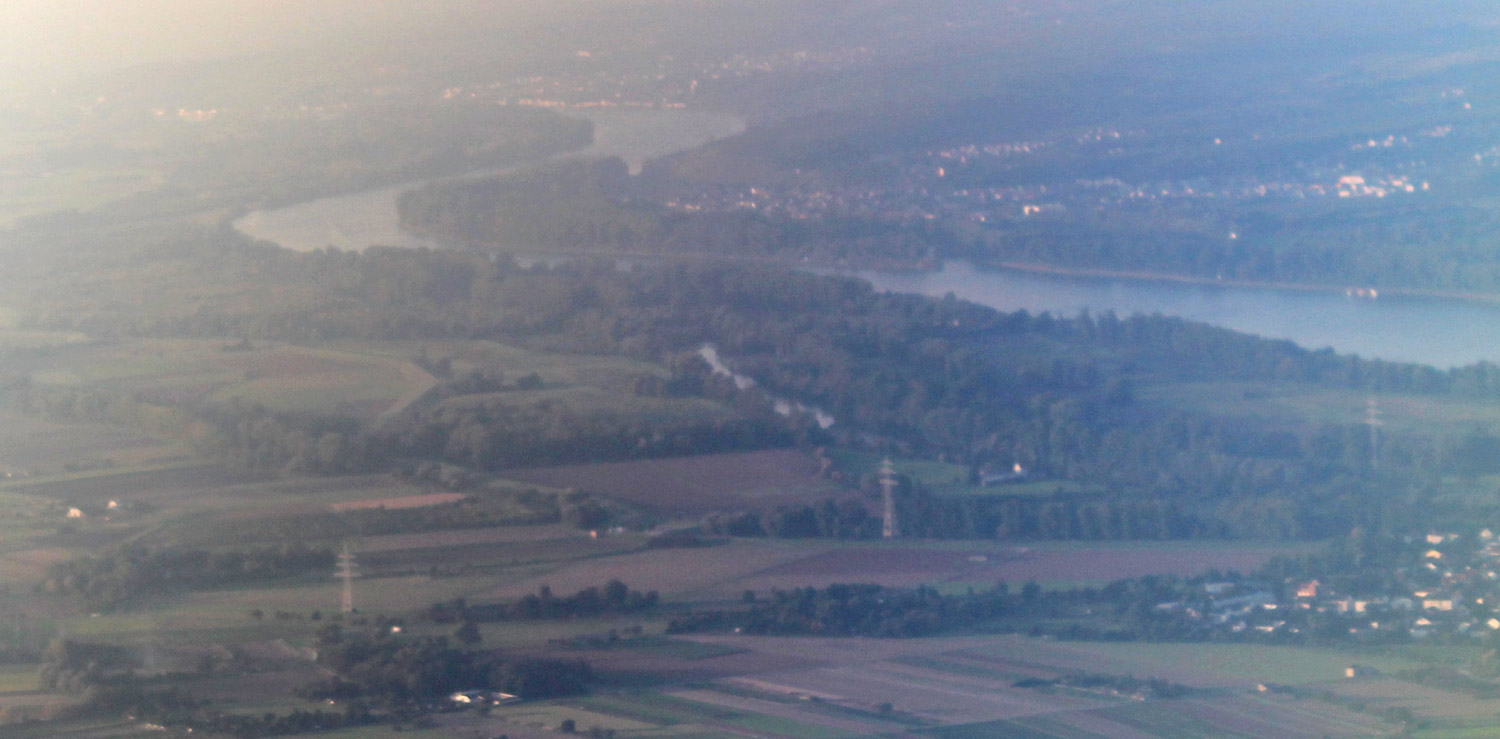To get to Europe from North America you have to fly. Well, you can take a boat, but that’s not time effective. Besides, since our purpose in going to Europe was to get on a boat, taking one to get there didn’t seem reasonable. So we flew.
We left at 7:30 at night on October 1, which meant it was dark when we took off. I had a window seat – I always get a window seat if I can because I like to see the geographical features of the land below. And if I can’t see land I just like looking at the clouds. Since it was full dark I didn’t expect to see much, but we would be flying over cities before we reached the Atlantic, and there would be the lights that highlight the lines of streets and show off how a city is structured to entertain me. On this night though, it was raining, so there were no lights, only cloud cover. So there I was, up at however many thousand feet, in a metal cylinder, stuffed into a tiny seat with no legroom, starting out at the dark. Time for Plan B.
With time changes, travel distance and layovers, we would reach Athens twenty-two hours after we began. I didn’t sleep. I’m usually up until two am, so I wasn’t tired and, since plane seats suck for sleeping, I didn’t have a lot of incentive to change my schedule. Besides, there was an intriguing tracking chart on the plane’s in-house TV system that let you see where the plane was on the world map.
While we were over the Atlantic one of the charts showed the underwater ridges and trenches we were flying over, which fascinated me. Since I’ve been watching Rise of the Continents and Voyage of the Continents, two really great documentary series about the theory of Continental Drift, I had a context to put these formations into. I was hooked. Why bother with sleep?
